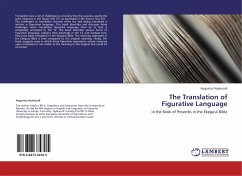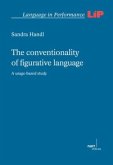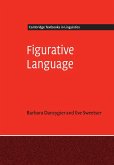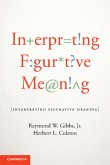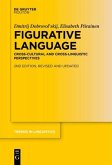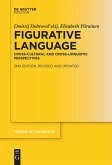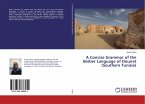Translators face a lot of challenges in ensuring that they express exactly the same meaning in the Target Text (TT) as expressed in the Source Text (ST). The challenges of translation increase when the text being translated is written in figurative language. This book identifies and discusses these challenges when translating figurative language from an SL that is completely unrelated to the TL. The book identifies various forms of figurative language, explains their meanings in the ST, and analyses how they have been translated in the Ekegusii Bible. The meaning expressed in the Ekegusii Bible is then compared to the original meaning. Finally, the book suggests ways in which those figurative expressions whose meaning upon translation is not similar to the meaning in the original text could be corrected.
Bitte wählen Sie Ihr Anliegen aus.
Rechnungen
Retourenschein anfordern
Bestellstatus
Storno

